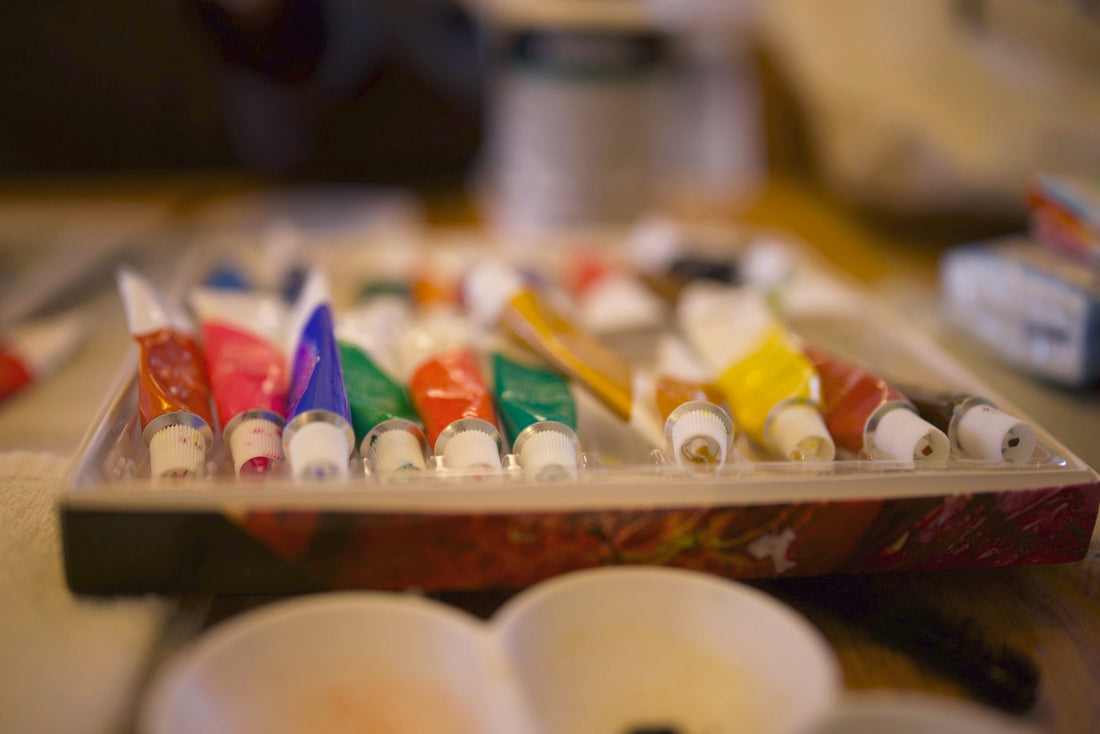
4 Tips for Enhancing Children's Creativity Through Design
Share
Creating the right environment can make a huge difference in nurturing a child's creativity. Here are four design principles that can help turn any space into a hub of imagination and exploration!
1. Bring Nature Indoors
Incorporate natural elements like plants, water features, and natural light. These features reduce stress and spark curiosity, creating a calm yet inspiring environment. Nature-inspired designs inside can be just as impactful as being outdoors.

2. Vibrant Visuals & Colours
Engage kids’ senses with warm, vibrant colours, textures, and patterns. Decorate with stimulating visuals that energise and inspire. Displaying children’s own artworks or famous pieces can further encourage creativity and self-expression.

3. Flexible & Adaptable Spaces
Spaces that can be rearranged or customised encourage kids to experiment and engage in imaginative play. Let them move furniture, set up play areas, and explore different layouts. Flexibility fosters creative problem-solving and independent thinking!

4. Encourage Participation & Autonomy
Let children help set up their own spaces. Allow them to rearrange furniture, pick colours, and add personal touches. This sense of ownership nurtures independence, builds confidence, and encourages free exploration.

Design for Play, Design for Growth
By making spaces flexible, natural, colourful, and child-driven, you create a world where creativity can thrive. Start by rethinking their environment to unleash their imagination!
References:Davies, D., Jindal-Snape, D., Collier, C., Digby, R., Hay, P., & Howe, A. (2013). Creative learning environments in education—A systematic literature review. Thinking Skills and Creativity, 8(8), 80–91. https://doi.org/10.1016/j.tsc.2012.07.004Faizi, M., Azari, A. K., & Maleki, S. N. (2018). Design Guidelines of Residential Environments to Stimulate Children’s Creativity. Journal of ASIAN Behavioural Studies, 3(6), 65. https://doi.org/10.21834/jabs.v3i6.238Shojaei, L., & Shahbazi, M. (2016). Investigating Effective Factors on Designing of Educational Spaces with an Approach to Increase Learning Rate and to Improve Creativity among Children. Khazar Journal of Humanities and Social Sciences, 19(4). https://jhss-khazar.org/wp-content/uploads/2016/11/son.1.iRAN_.lE0LA.-2.pdfJankowska, D. M., & Gralewski, J. (2022). THE FAMILIAL CONTEXT OF CHILDREN’S CREATIVITY: PARENTING STYLES AND THE CLIMATE FOR CREATIVITY IN PARENT–CHILD RELATIONSHIP. Creativity Studies, 15(1), 1–24. https://doi.org/10.3846/cs.2022.13449



